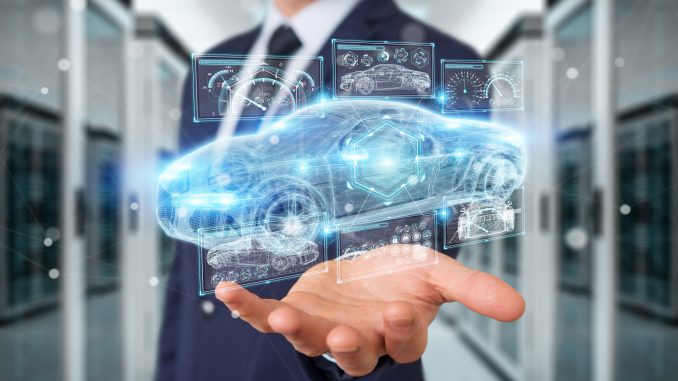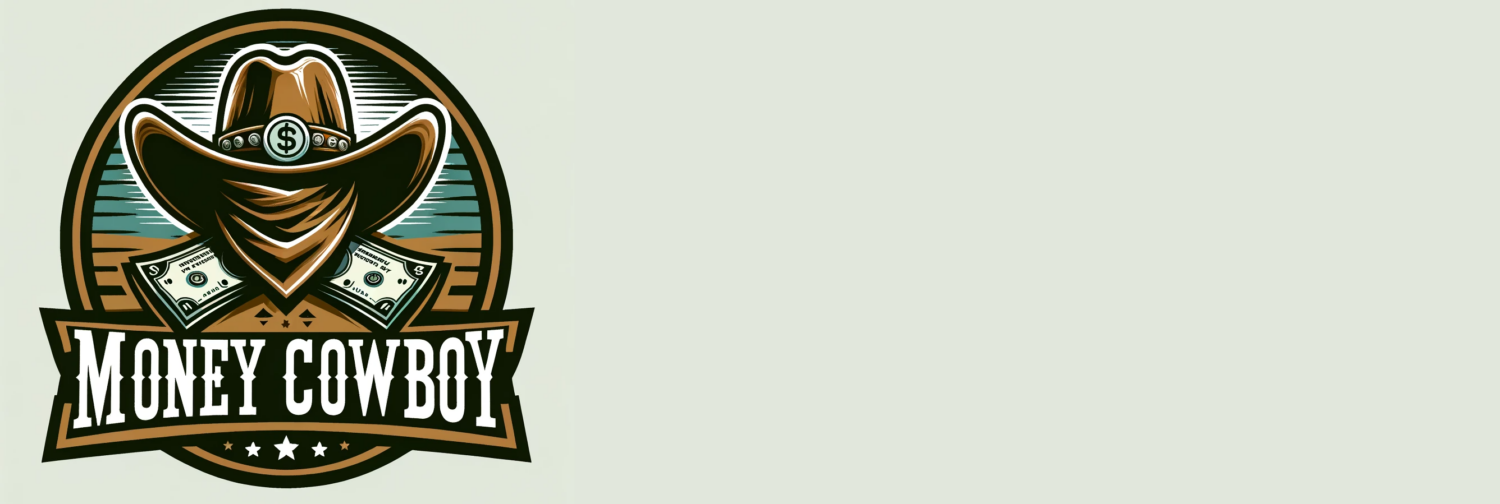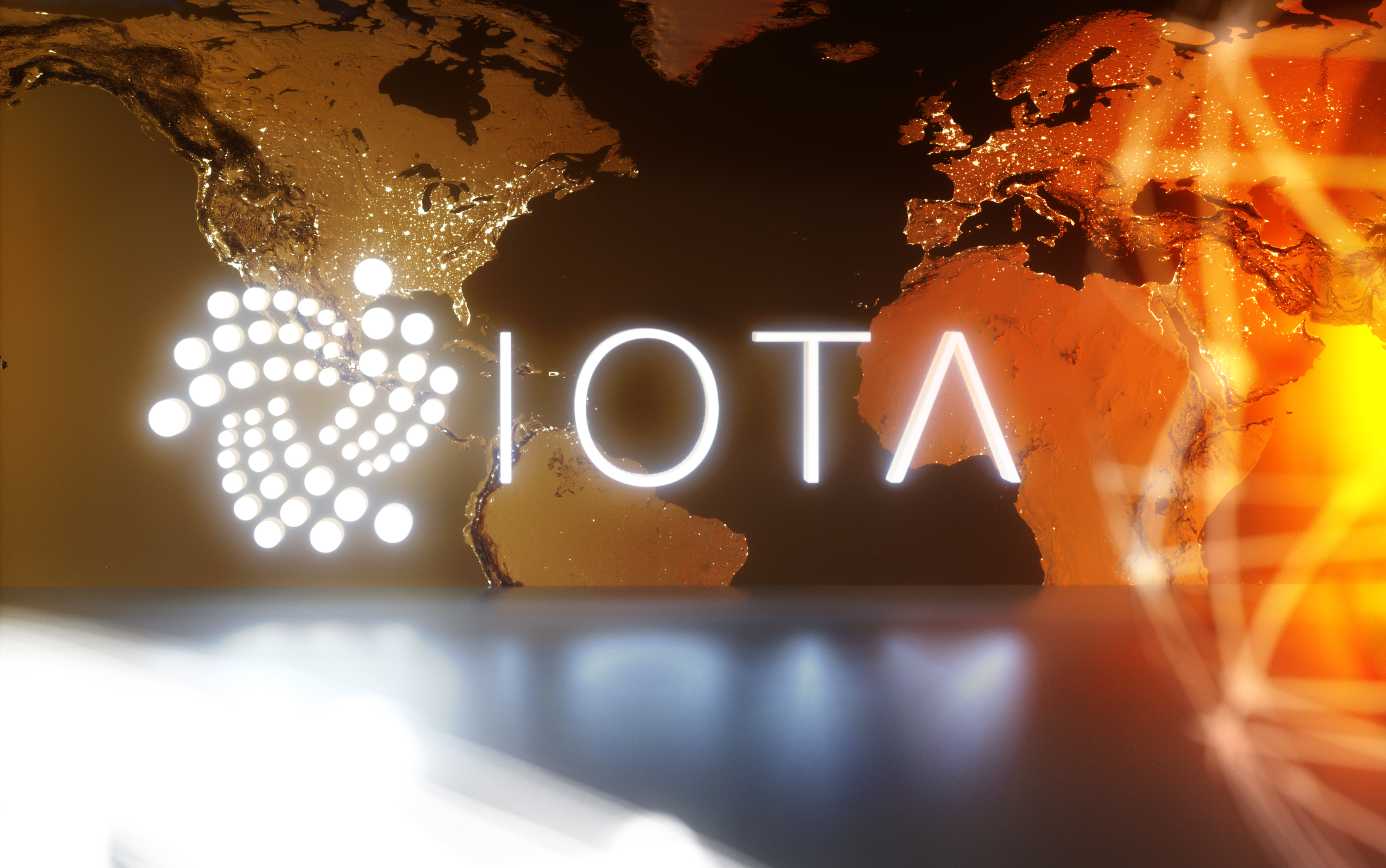
What’s next in the evolution of autonomous cars? Based on Volkswagen’s recent demonstration just this past June at the CEBIT ‘18 Expo in Germany, there seems to be a lot in store for us.
In its presentation, Volkswagen joined forces with the IoT-focused IOTA blockchain project and vehicle manufacturer to show a proof of concept (PoC) for how the IOTA system can be used for autonomous cars. The PoC demonstrated how IOTA’s Tangle architecture can be used by car manufacturers such as Volkswagen to securely transfer software updates “over-the-air” as part of Volkswagen’s new “Connected Car” systems. The demonstration included a panel discussion entitled “Blockchain in Future Mobility.”
AUTONOMOUS VS. AUTOMATED
Not to be confused with “automated,” Jim Tung, a fellow from a leading developer of mathematical computing software Mathworks, gives a clear distinction between automated and autonomous:
“Practically speaking, autonomy is the power of self-governance — the ability to act independently of direct human control and in unrehearsed conditions. This is the major distinction between automated and autonomous systems. An automated robot, working in a controlled environment, can place the body panel of a car in exactly the same place every time. An autonomous robot also performs tasks it has been “trained” to do, but it can do so independently and in places it has never before ventured.”
It is crucial for an autonomous car to be designed so effectively that it chooses the most favorable course of action in every unique situation. What this comes down to is having enough data, which is where IOTA comes into the picture.
WHAT IS IOTA?
IOTA is a revolutionary distributed and open source ledger. Rather than relying on the blockchain, it is based on its very own invention called a “Tangle.” The platform allows connected devices to transfer money numerically in the form of micropayments. Also, the platform has no transaction fees, which is optimal for a micro-payment infrastructure.
The IOTA team is driven by their vision to “enable all connected devices through verification of truth and transactional settlements which incentivize devices to make available its properties and data in real time. This gives birth to entirely new general purpose applications and value chains.” And now they are applying this vision to autonomous cars.
WHAT IS A “TANGLE?”
The Tangle is a new data structure based on a Directed Acyclic Graph. Their system has a topological order that allows for different types of transactions to run on different chains in the network simultaneously. For this reason it has no Blocks, Chain, or Miners. This is a radical new architecture that greatly differentiates IOTA from other Blockchains, allowing for zero transaction fees, secure data transfer, and infinite scalability.
When it comes to Volkswagen distributing data for its connected cars, the fact that different types of transactions can run on different chains simultaneously make this network highly useful.
Another significant difference in IOTA is how transactions are made and the fact that it requires consensus. Because there are no miners, transactions can only be made by participants actively engaging in the consensus of the network. They do this by approving two past transactions. In this way, the system ensures that the entire network achieves consensus on the current state of approved transactions.
IOTA has a range of unique features due to its architecture:
The IOTA website lists a range of its unique features that are enabled by its architecture:
- Scalability: IOTA can achieve high transaction throughput thanks to parallelized validation of transactions with no limit as to the number of transactions that can be confirmed in a certain interval
- Decentralization: IOTA has no miners. Every participant in the network that is making a transaction, actively participates in the consensus. As such, IOTA is more decentralized than any Blockchain
- Quantum-immunity: IOTA utilized a newly designed trinary hash function called Curl, which is quantum immune (Winternitz signatures)
- No Transaction Fees: This is particularly optimal for a micro-payment infrastructure
SECURITY FLAWS?
Learning how to implement this technology effectively will be a process but, once refined, it shows great potential for security and transparency. For example, data integrity in the context of vehicles is pivotal to safety. Even in 2016 the FBI warned consumers of the threat that malicious parties present in exploiting vehicle software.
Recent data by the SANS Institute Infosec Reading Room further demonstrates that it is possible to inject malicious code into vehicle software updates. Threats can include disabling or interfering with power steering, overriding acceleration, applying brakes at any speed, and even tightening seat belts.
“Distributed Ledger Technologies (DLT) are crucial for the future of trusted transactions. IOTA has great potential to become a DLT leader with the Tangle approach,” commented Johann Jungwirth, Volkswagen’s Chief Digital Officer and a member of the Supervisory Board of the IOTA Foundation on the potential importance of blockchain technology in data-sensitive industries.
However, the two-year legal battle between Volkswagen and a team of European security researchers indicates that achieving optimal use of this technology will not come without trials and tribulations. When the researchers had uncovered the details of a security flaw present within the Volkswagen remote keyless vehicle entry system, they tried to publish this information but were hindered by Volkswagen, which used litigation to try to keep things quiet. Now, Volkswagen’s current work with the IOTA project steers in the direction of transparency in the hopes of gaining digital trust with customers, authorities, and third parties.
WHAT TO EXPECT IN THE FUTURE
IOTA’s big dream is a fully autonomous machine economy in which IoT devices can communicate and transact with each other through the Tangle. This greatly applies to the self-driving car. Earlier this year, the IOTA team announced the successful operation of the world’s first vehicle charging station that utilizes IOTA for charging and paying. Also, IOTA plans to integrate their system into a system MaaS (Mobility as a service). This system will use its distributed accounting technology for things such as making reservations and payments for Volkswagen’s autonomous vehicle. This could also lead to using its distributed ledger technology for services such as booking and trip planning, as well as payment services within the smart vehicle ecosystem. Additionally, IOTA partnered on a substantial Mobility Open Blockchain Initiative (MOBI) earlier this month for the transport industry; in doing so they join other manufacturing giants including Ford, GM, BMW, and Renault, along with IBM, Bosch, and Hyperledger.
According to Jungwirth, the IOTA platform will “allow connected devices to transfer money numerically in the form of micropayments,” which is very advantageous for the future of IoT.
As for Volkswagen, they describe their vision for using Tangle in their PoC press release to distribute data within its developing smart car economy wirelessly and securely. By 2020, over 250 million connected cars are expected to be on the road, underscoring the need for frequent updates to remote software and transparent access to data.
FINAL THOUGHTS
IOTA’s partnership with Volkswagen holds implications far beyond connected cars. On its website, the IOTA team describes its technology as “the missing puzzle piece for the Machine Economy to fully emerge and reach its desired potential.” They envision IOTA “to be the public, permissionless backbone for the Internet of Things that enables true interoperability between all devices.” An autonomous system for cars is just one step toward their much larger vision, and how they implement this system could pave the way for future devices.
As MathWorks fellow Jim Tung explains, “there is no one-size-fits all approach to designing — or defining — autonomous systems. In some cases, the goal is to remove human engagement. In others, it’s to augment our physical and intellectual abilities. In all instances, however, the utility of autonomous systems is bound by how much data is collected and what value can be extracted from that data.”
Volkswagen’s progress with the IOTA system could set a precedent for potential future use of distributed ledger technology at-large. It will be interesting to watch how these autonomous systems evolve and where the lines will be the drawn.
This article was originally posted on Mintdice. Republished with permission.


